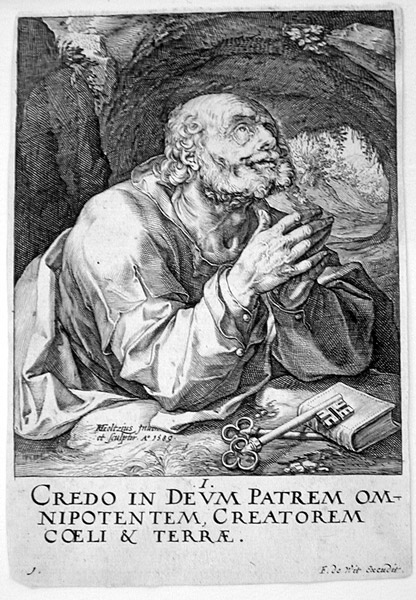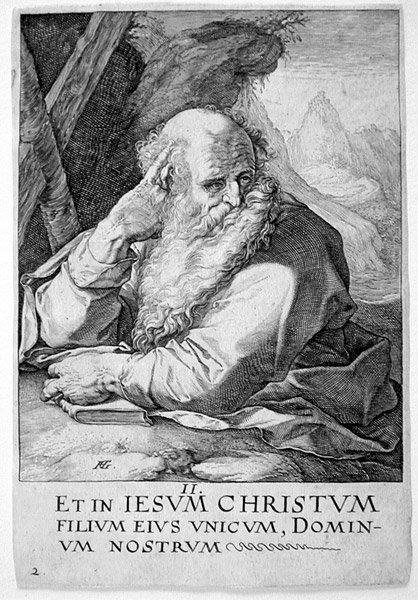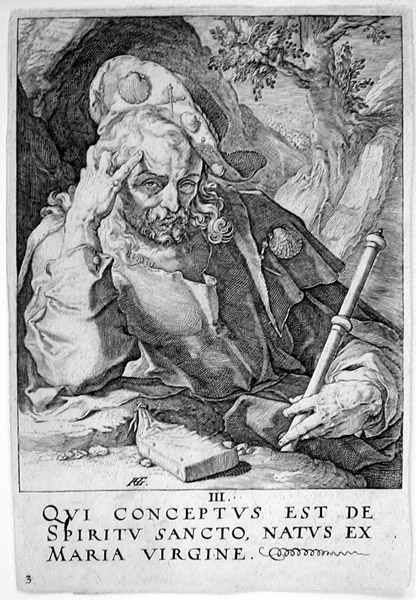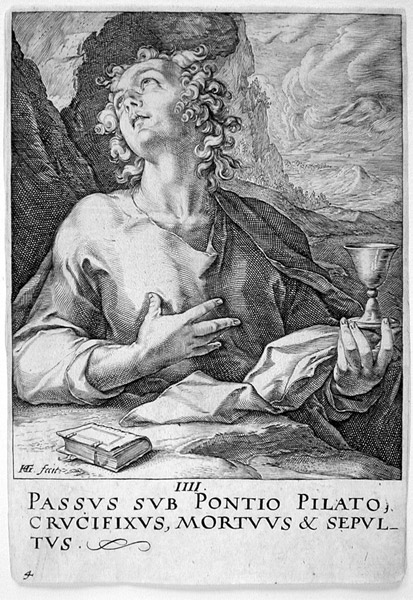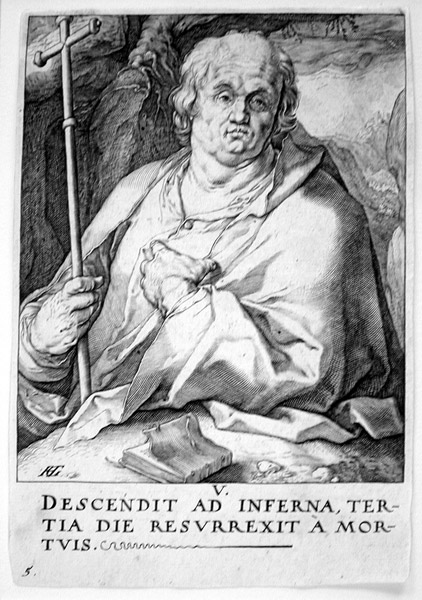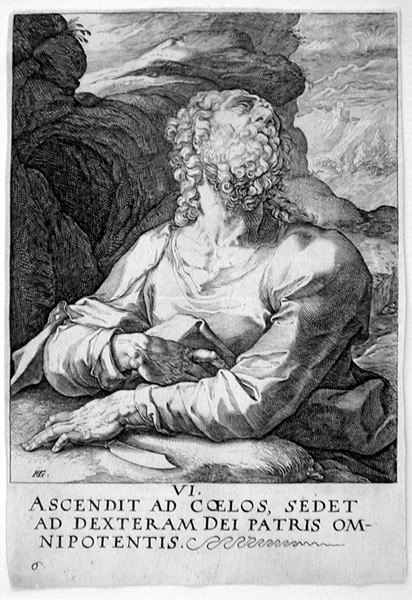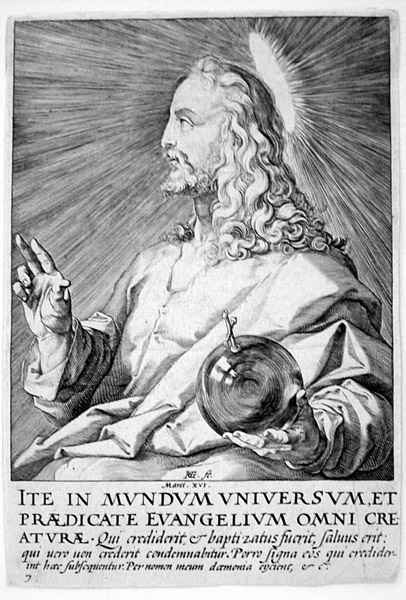|
|
Hendrik Goltzius, a brilliant printmaker, draftsman, painter, and the head of a workshop that dominated Dutch printmaking during the late 16th and early 17th centuries, is the first name most people think about when they think about the Dutch Mannerist movement. As the recent travelling exhibition at the Rijksmuseum, Amsterdam, The Metropolitan Museum of Art, New York, and The Toledo (Ohio) Museum of Art (and the massive accompanying book, Hendrick Goltzius (1558-11617): Drawings, Prints, and Paintings by Huigen Leeflang, Ger Luitjen and others, make clear, Goltzius, "favored by an emperor [Rudolph II] and other European sovereigns" is a artist of "exceptional versatility, quality, and importance" (p. 6). As an engraver, his technique was unmatched; as a designer of prints and a draftsman, he offered the definitive version of Dutch Mannerism; and his drawing-paintings filled his contemporaries with admiration and sill overwhelm viewrs (as the exhibition proved). His designs for Ovid's Metamorphoses, engraved by members of his studio, set a pattern that dominated Dutch art into the mid-17th century; his engravings of the 12 apostles, each presented either with his attribute (St. Peter and his keys, St. John with his cup, St James Major with his pilgrim's staff, the other apostles with the means of their martyrdom) and a clause of the Apostles' Creed engraved underneath their half-length portrait, to which Goltzius then added Chirst as the Salvator Mundi and St. Paul, the defender of the faith, also became a model for a number of other artists; and his engravings for the Passion recapitulate Northern printmaking from Durer and Lucas van Leyden until Goltzius' own works.
Selcted Bibliography: Nancy Bialler, Chiaroscuro Woodcuts. Hendrik Goltzius (1558-1617) and his time (Amsterdam: Rijksmuseum, 1992); Frederick den Broeder, Hendrik Goltzius & the Printmakers of Haarlem (Storrs: Museum of Art, University of Connecticut, 1972); Stephen H. Goddard and James A. Ganz, Goltzius and the Third Dimension (Williiamstown: Sterling and Francine Clark Art Institute, 2001); Glenn Harcourt, Hendrik Goltzius and the Classical Tradition (Los Angeles: Fisher Gallery, University of Southern California, 1992); Otto Hirschmann, Verzeichnis des Graphischen Werks von Hendrick Goltzius 1558-1617 (Braunschweig: Klinkhardt & Biermannm 1976); Huigen Leeflang, Ger Luitjen and others, Hendrick Goltzius (1558-11617): Drawings, Prints, and Paintings (Amsterdam: Waanders Publishers, 2003); Eva Magnaguagno-Korazija, Hendrik Goltzius: Eros and Gewalt (Dortmund: Harenberg, 1983); Lawrence W. Nichols, The "Pen Works" of Hendrick Goltzius (Philadelphia: Philadelphia Museum of Art, 1992); Timothy Riggs and Larry Silver, Graven Images: The Rise of the Professional Printmakers in Antwerp and Haarlem, 1540-1640 (Evanston: Mary and Leigh Block Gallery, Northwestern University, 1993); Eleanor A. Saunders, Imitation and Invention: Prints by Hendrik Goltzius. Georgia Museum of Art Bulletin (Vol. 4, Numbers 1-3), 1978 (Athens: Georgia Museum of Art, University of Georgia, 1978); Walter L. Strauss, Hendrik Goltzius 1558-1617 The Complete Engravings and Woodcuts. 2 vols. (NY: Abaris Books, 1977; Walter L. Strauss, The Illustrated Bartsch Vol. 3: Hendrik Goltzius, (NY: Abaris Books, 1980).
|
|
|
|
|
